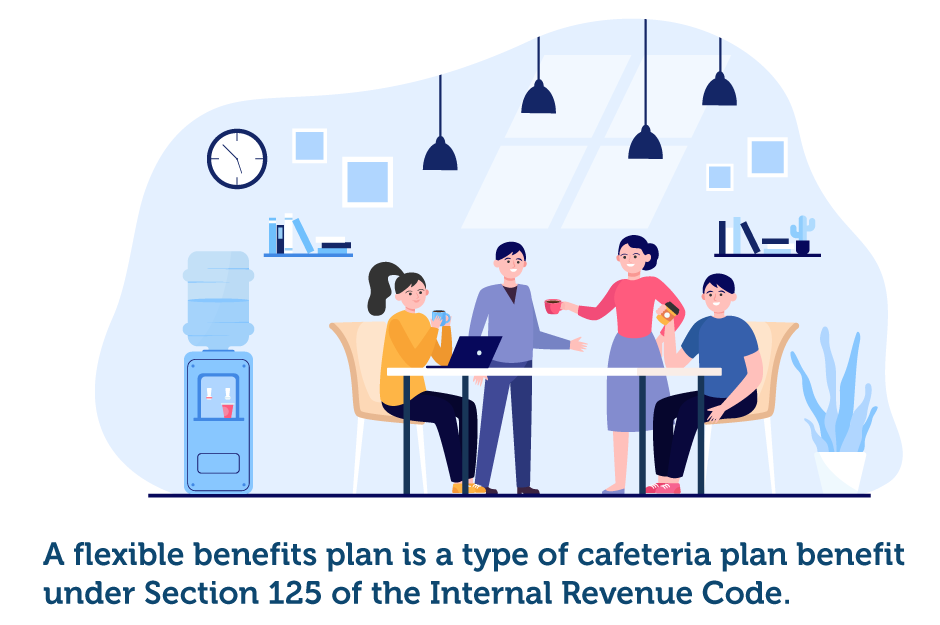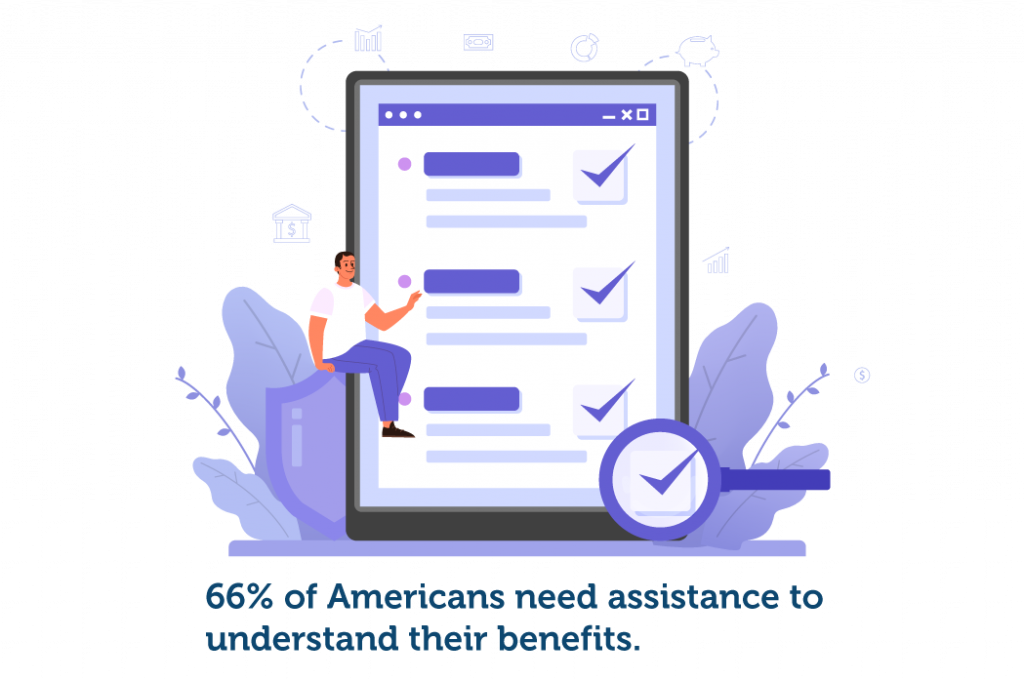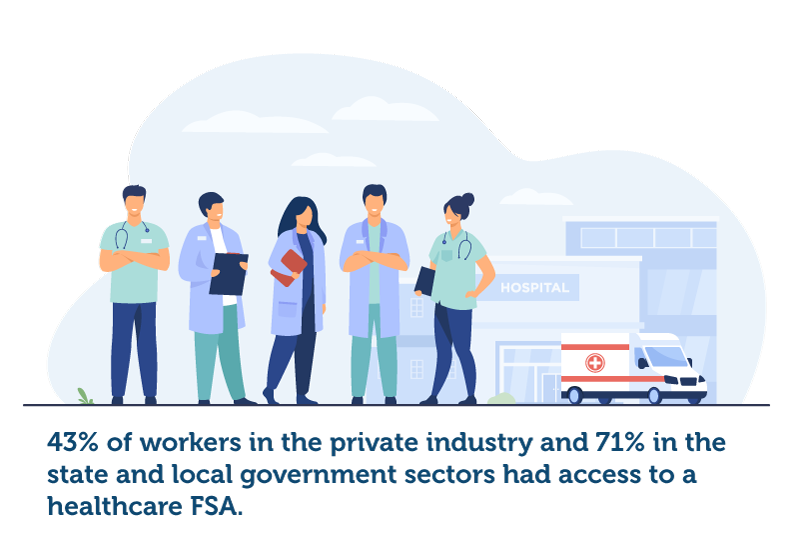Flexible benefits can range in many different areas, so the number of options is vast. Most of the time, they are ancillary and are usually designed to provide additional value to the more popular and vital benefits.
According to Andre Oentoro, CEO and Founder of Breadnbeyond, “some of the most popular benefits include health insurance, retirement savings plans, and flexible spending accounts. Also, consider offering other perks such as child care, tuition reimbursement, and commuter benefits.”
These benefits can be divided into three categories contingent on what kinds of needs they are associated with.
Operational benefits or benefits associated with work include:
The company where Harrison Sharrett works offers its employees the opportunity to decide on their working environment and starting times.
He explains, “This changes from employee to employee, with client-facing roles expected to maintain regular working hours to be reachable.
For others, such as web designers and digital marketing professionals, we provide the flexibility to mold working hours around life commitments.
This has been highly successful, resulting in boosted productivity, better employee retention, and improved work-life balances for our employees.”
Health and wellness benefits that are connected with home life involve:
Retirement and savings benefits are related to future planning and encompass:
Nevertheless, many things need to be considered when deciding what to offer.
The workplace is undergoing a metamorphosis that drastically changes employees’ privations, making it even harder for employers to determine what to make available.
Thus, to achieve maximum results, Harrison Sharrett believes it is crucial “to connect with each employee to determine their ideal working style. This allows us to craft unique benefits designed to maximize their potential, allowing them to grow alongside the business and ultimately take us to the next level.
Examples of these benefits include training sessions for employees eager to upskill, digital literacy classes for those still adapting to the idea of remote work, gym memberships for active employees, and much more.”





















